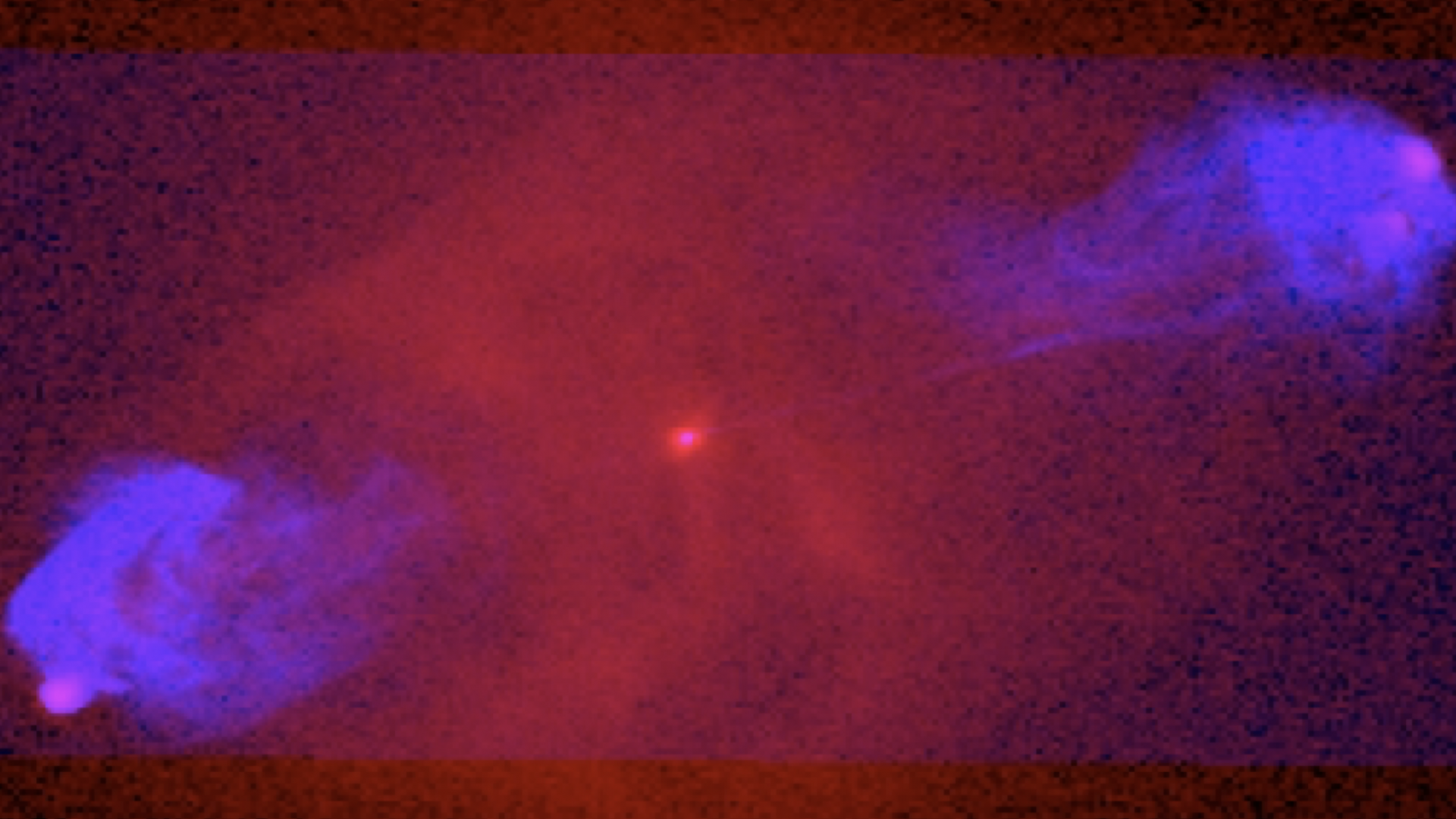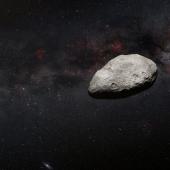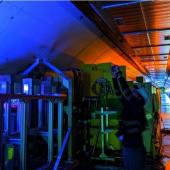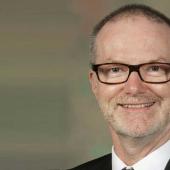Research in plasma physics is distributed between three sub-departments: Astrophysics, Atomic and Laser Physics, and Rudolf Peierls Centre for Theoretical Physics (theoretical astrophysics and plasma physics group).
Most of the visible matter in the Universe is plasma – stars, interplanetary medium around them (e.g., the solar wind), interstellar medium in galaxies, intergalactic medium in galaxy clusters and in the "cosmic voids", atmospheres of compact objects (e.g., accretion discs) – and so almost any area of astrophysics deals with elements of plasma physics, volens nolens. Thus, plasma astrophysics is very much on the agenda both in Astrophysics and at RPC.
In the terrestrial laboratory, matter in extreme conditions – energised and/or compressed by laser radiation – offers researchers a unique opportunity to probe the kind of environments that, when they occur in nature, are normally beyond our direct reach such as atmospheres of neutron stars, interiors of giant planets, or supernova remnants. Besides curiosity-based research into such environments, laser plasmas offer a range of real-world applications – e.g., into accelerator technologies or into the methods of extracting fusion energy ("inertial-confinement fusion"). This research is based in Atomic and Laser Physics, and done in collaboration with a number of national laser facilities around the world, including our very own Central Laser Facility at the STFC Rutherford Appleton Laboratory and AWE.
Another way to extract fusion energy is from a plasma trapped in a magnetic cage ("magnetic-confinement fusion"), one of the great technological challenges that the last century did not quite get done, and so this one must. This research is based at RPC, with close links to the UKAEA Culham Centre for Fusion Energy.
Our research programme in plasma physics is supported by a strong suite of graduate courses, offered within the Oxford Master Course in Mathematical and Theoretical Physics and the Centre for Postgraduate Training in Plasma Physics and High Energy Density Science (a joint venture with Imperial College and the University of Warwick).




